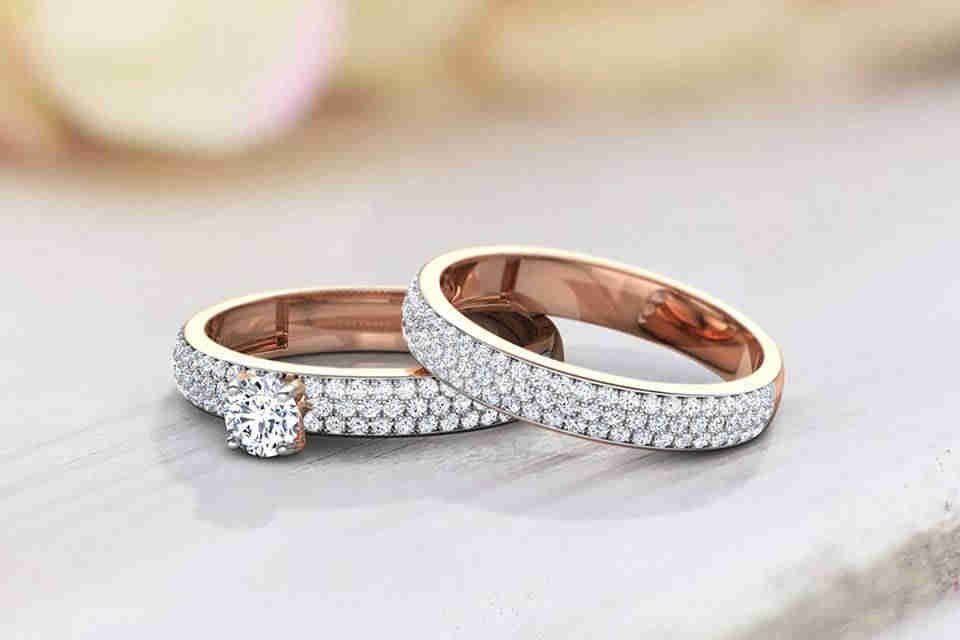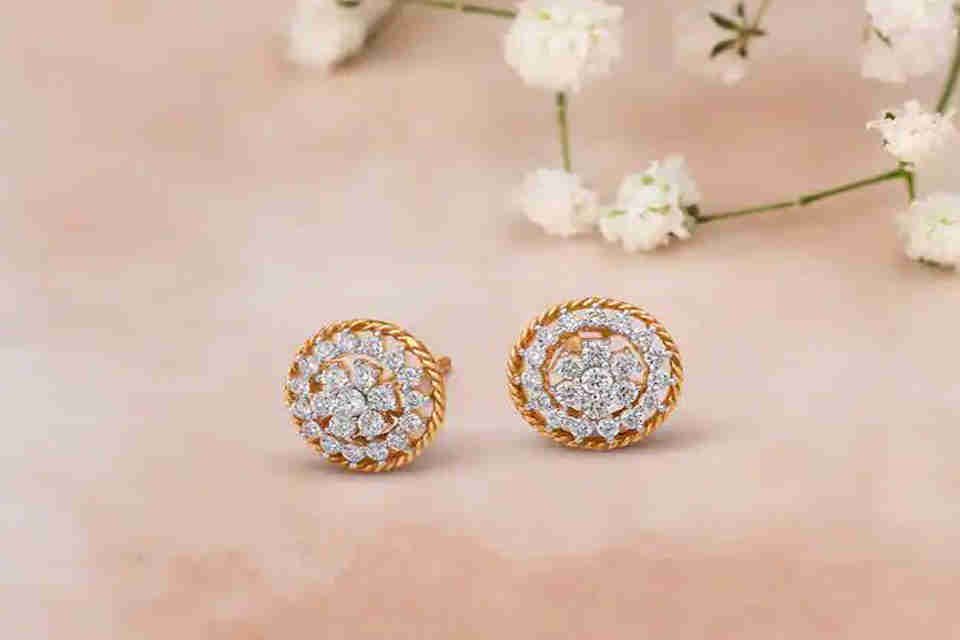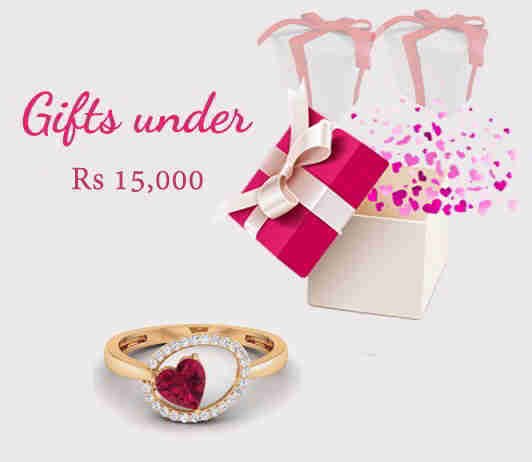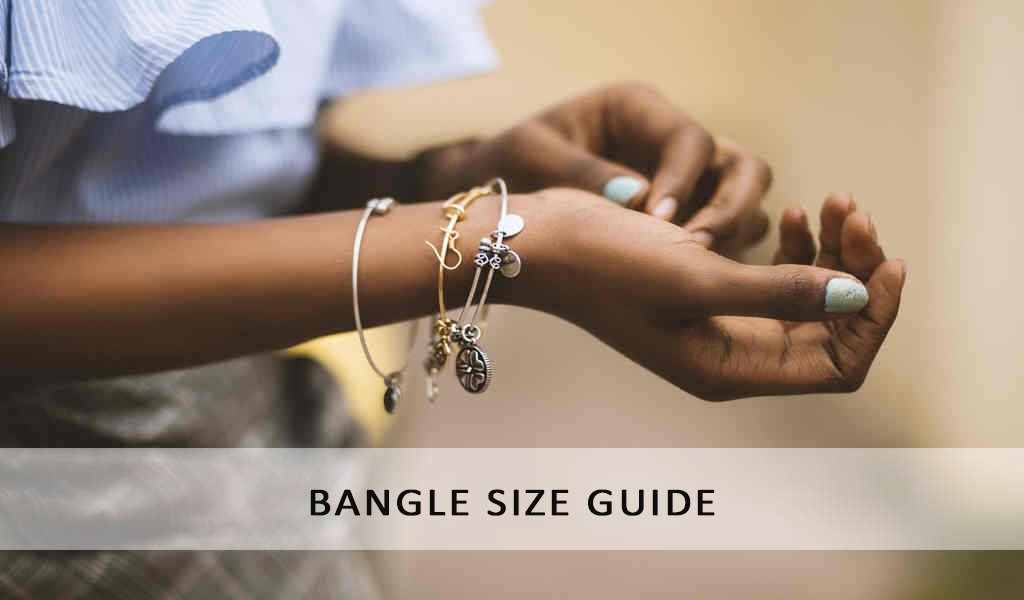Diamond Clarity

Diamond
Clarity
The very thought of diamonds conjures up pictures of everything grand.
These sparkling and alluring gemstones are often called the epitome of
perfection. And they have become the go-to gemstone whenever people want to
look drop-dead gorgeous. There is no doubt why. It is the hardest gemstone
available on the earth and the highly organised form of carbon. You cannot
begin to describe its beauty and shine, can you? But that’s not enough when you
buy diamond jewellery online or offline. You, on the other hand, should know
the fundamentals of this gemstone.
Seasoned diamond buyers, collectors, and investors know what makes these
precious gemstones as valuable as they are. They give primary importance to the
four Cs of diamonds i.e., Cut, colour, carat, and clarity are those four Cs
that determine the worth of a diamond. While the cut, colour, and carat aren’t
hard to find, it takes a fine eye to see how clarity affects a diamond’s beauty
and price. Here is everything you should know about the clarity of diamonds.
What is
the Clarity of a Diamond?
As you know, diamonds are made of carbon. In fact, they are the most
concentrated form of carbon available to us. Natural diamonds take millions of
years to form. They face extreme heat and pressure in the earth’s mantle. Most
of such naturally occurring diamonds have flaws or imperfections. These flaws
include different amounts of scars and inclusions on the surface of a diamond,
which are called blemishes. Inclusions are internal features trapped in it
during its formation. Very rarely do diamonds appear in a perfect and ideal
condition. And therefore, they are very expensive as well. The scars or
inclusions on diamonds are nature’s birthmarks. They are the features that make
these gemstones unique.
So, what do these
blemishes and inclusions have to do with the clarity of a diamond? To put it
simply, a diamond’s clarity refers to how clean it is. It is the metric used to
grade the visual appearance of a diamond.
Flaws,
Clarity, and Price
When you buy diamond rings, pendent, earrings, etc., remember
that their clarity is inversely proportional to flaws. That is, the lesser the
flaws, the higher the clarity grade of a diamond will be. The clarity of a
diamond can have a great impact on its value as well. A diamond with high
clarity is a lot costlier than a low clarity one even if they have the same
cut, carat value, and colour. However, most inclusions and flaws are not
detectable by the naked eye.
A diamond’s clarity is influenced by many factors. The quantity, colour,
and size of the inclusion are some such key factors. It may also change based
on how visible the inclusion is. The orientation and location also determine
the clarity of diamonds.
Understanding
the Diamond Clarity Chart
Every diamond is unique. So are their flaws. Since the flaws are mostly
microscopic, gemmologists use magnification up to 10x to inspect diamonds. And
they do that keeping the diamond in the face-up direction. If any blemish or
inclusion is not visible on viewing the diamond from the top, it won’t help in finding
the clarity grade. Therefore, experts use loupes or microscopes to analyse the
type, position, and size of all the inclusions.
Skilled graders find various clarity features using the 10x
magnification. They map the locations of the inclusions the same way on diamond
plots. These plots refer to small maps of individual diamonds. They help in
classifying each diamond. Every diamond has a different internal pattern. This
means that no two diamonds are ever the same. And the diamond plots are like
fingerprints that help to identify each individual diamond.
Gemmologist grades the results of the analysis on a diamond clarity
chart. The different grades on this chart and their features are as follows:
FL and IF – Flawless, Internally Flawless
As the name suggests, diamonds with these grades are flawless. The 10X
magnification doesn’t show any internal inclusions when you view a diamond with
this clarity. However, such diamonds may or may not have surface flaws or
blemishes.
VVS1 and
VVS2 – Very Slightly Included
This grading means there are only some inclusions that are hard to see
even with 10x magnification. Inclusions in the VVS1 gems are visible from the
bottom-up view while that of VVS2 are visible in the face-up view
.
VS1 and
VS2 – Very Slightly Included
When small inclusions, such as crystals of other elements, show up in
diamonds under the 10x magnification, they get this clarity grading. You need
to look very hard to find these imperfections. For VS1 and VS2, the former has
a high clarity grade than the latter.
SI1, SI2,
and SI3 – Slightly Included
Diamond with a presence of clear inclusions under magnification feature
this low on the clarity chart.
I1, I2,
and I3 – Included
These diamonds contain obvious inclusions. You can see the inclusions in
these diamonds with 10X magnification and often with the naked eye. Such
diamonds tend to have low transparency and usually lack brilliance.
What
Clarity Rating Should You Choose?
To select a gem with the right clarity rating, you should keep a few
things in mind. Firstly, are you looking for a diamond with no inclusions? Or
can you tolerate negligible amounts of them? If yes, choose one with the FL-IF
grade or any VVS grade. They will be more expensive than the other grades of
diamonds, but they are of high quality. And they look near perfect too.
Diamonds under the VS grade don’t cost as much as those with premium
clarity rating, but they are also high-quality stones. However, if you are
looking to cut the cost, you can go for an SI-rated diamond. Here, you need to
ensure that the inclusions aren’t obvious. If you are looking for a diamond
with more carat weight at a lower price, choose one in the SI3 or I1 range.
When you buy any diamond other than the flawless kind, check the location of the flaw and inclusions. The inclusions closer to the side facets affect its beauty less than if they are at the centre.
Buying Tip to
Avoid Making a Common Clarity Mistake
When investing in a diamond, it’s easy to make mistakes. Do you know
what the most common mistake people make is? They choose a diamond with very
high clarity grade, considering it’s a good investment. You should choose the
clarity that suits your needs the best. Avoid buying a flawless diamond just
because it appears perfect. Most of the relatively lower priced stones often
have only tiny flaws that are hardly visible. The microscopic flaws don’t
affect a diamond’s physical beauty or its value. Weigh your needs and make a
wise choice. So, next time when you buy a diamond ring or pendant, don’t just
blindly go for a pretty one. Ask your jeweller about the clarity of stones used
in it. Check the clarity chart. And then make your pick.
















